Retro Replay Review
Gameplay
Turok: Evolution delivers a robust single-player first-person shooter experience that balances fast-paced action with strategic mission objectives. Players step into the moccasins of Tal’Set, traversing a variety of landscapes—from dense jungles and misty swamps to ancient temples and heavily fortified Sleg strongholds. The core gameplay loop emphasizes movement, precision shooting, and environmental interaction, keeping encounters fresh as you adapt to each new setting.
The weapon roster in Turok: Evolution is one of its standout features. Alongside traditional firearms such as pistols, shotguns, and sniper rifles, the game equips Tal’Set with imaginative prehistoric and alien-inspired tools. The war club offers satisfying melee combat, while the tek bow allows for silent, pinpoint kills. Flamethrowers and alien energy weapons add a sci-fi flair, and dinosaur-based abilities—like unleashing a raptor pack or riding a Triceratops—inject unpredictability into battles.
Mission design often introduces light squad-based mechanics, allowing players to command allied NPCs to hold positions, defend objectives, or attack specific targets. Destructible elements in the environment—collapsible rock formations, uprootable trees, and explosive barrels—can be leveraged to turn the tide of combat. This tactical layer enriches the standard run-and-gun formula and encourages creative problem-solving.
A notable departure from typical infantry missions arrives through aerial rail-shooter segments. Piloting the giant Quetzalcoatlus, Tal’Set mounts dual cannons to dogfight enemy flyers and support ground operations. These sequences break up foot-based exploration and firing sequences, delivering high-octane thrills that complement the overall pace of the campaign.
Graphics
At the time of its release, Turok: Evolution showcased an impressive use of dynamic lighting and atmospheric effects to bring the Lost Land to life. Volumetric fog cloaks swamp canopies, while shafts of sunlight pierce through temple ruins, creating a sense of depth and realism. Texture work varies in quality—rock faces and temple walls often carry fine detail, whereas character models and foliage can appear somewhat flat up close.
Dinosaur and creature models remain a highlight, featuring smooth animations that capture the agility of raptors and the lumbering menace of larger beasts. Boss encounters against massive reptiles or heavily armored Sleg vehicles feel visually distinct, thanks to scaled-up textures and imposing animation cycles. Particle effects—such as fire, smoke, and electrical discharges on energy weapons—add visual flair to combat without overwhelming the frame rate.
Draw distance and level geometry are generally handled well, though certain open environments can exhibit pop-in of distant objects. Water shaders in swamps and river crossings offer reflective surfaces and gentle ripples, but fall short of modern standards. Overall, the game’s visual presentation holds up for enthusiasts of early-2000s shooters, offering a varied and often atmospheric world to explore.
Story
The narrative thrust of Turok: Evolution centers on Tal’Set’s transformation into the legendary Turok, protector of the Lost Land. The opening duel with Captain Tobias Bruckner in 1886 Texas sets an engaging personal stake, as rivalries and honor intertwine with the supernatural twist of dimensional rifts. This classic revenge plot expands into a wider conflict against Lord Tyrannus and his Sleg army, weaving tribal lore with sci-fi elements.
Cutscenes and in-engine dialogue drive the story forward, punctuating action with character moments that offer insight into Tal’Set’s motivations. Voice acting ranges from earnest to occasionally stilted, but it successfully conveys urgency and the stark contrast between the human protagonist and alien adversaries. Cinematic camera angles during boss fights and scripted events heighten tension, even if the pacing occasionally stalls between firefights.
Though largely linear, the campaign paints a grand narrative of rebellion and heroism. Rescue missions, sabotage operations, and fortress assaults build toward the climactic showdown against Bruckner and Tyrannus. While the plot does not reinvent FPS storytelling, it effectively marries historical drama with prehistoric wonder, giving players a clear sense of purpose as they reclaim the Lost Land.
Overall Experience
Turok: Evolution offers a satisfyingly long campaign—around eight to ten hours for the average player—filled with varied missions and unexpected twists. Its blend of tactical decision-making, environmental destruction, and relentless dinosaur encounters ensures that each level feels unique. Checkpoints are thoughtfully placed, minimizing frustration during difficult sections while encouraging experimentation with different combat approaches.
The game’s control scheme and user interface feel intuitive, with smooth aiming and responsive movement that hold up even by modern standards. Audio design complements the visuals, featuring tribal chants, dinosaur roars, and a pulsing score that underscores both stealthy infiltration and all-out warfare. While some weapon sounds lack punch, the overall soundscape immerses players in the prehistoric battleground.
Multiplayer modes—available on select platforms—extend replayability through deathmatch and team-based battles. Choosing to play as human soldiers, Sleg warriors, or even various dinosaur species adds a playful twist to online skirmishes. Map layouts borrowed from single-player levels feel at home in competitive play, though the community has long since thinned out.
For fans of classic FPS titles and dinosaur-themed action, Turok: Evolution remains a memorable adventure. Its strengths lie in imaginative weapons, dynamic level design, and the thrill of hunting or being hunted by prehistoric predators. Newcomers may notice dated visuals or occasional scripting quirks, but the core experience delivers a compelling journey through a world where history and fantasy collide.
 Retro Replay Retro Replay gaming reviews, news, emulation, geek stuff and more!
Retro Replay Retro Replay gaming reviews, news, emulation, geek stuff and more!
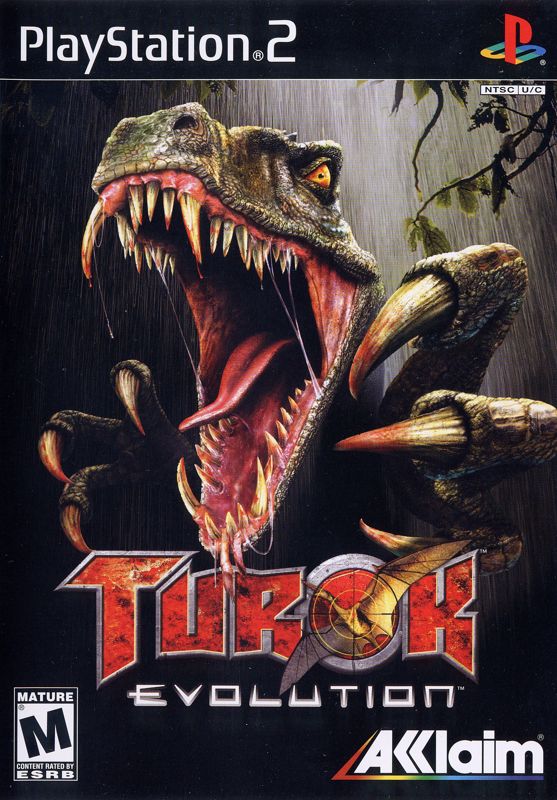
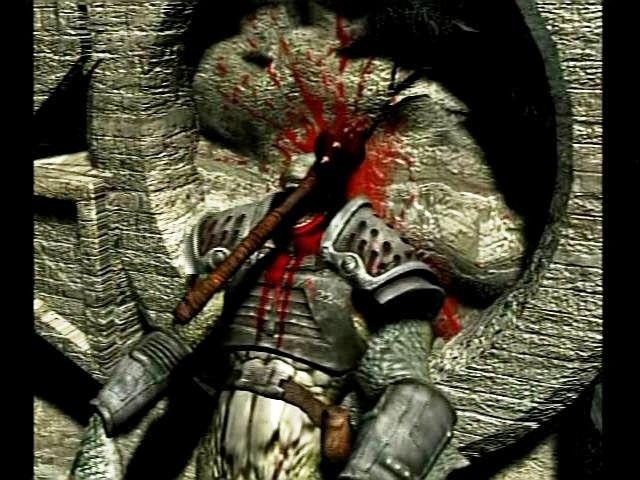
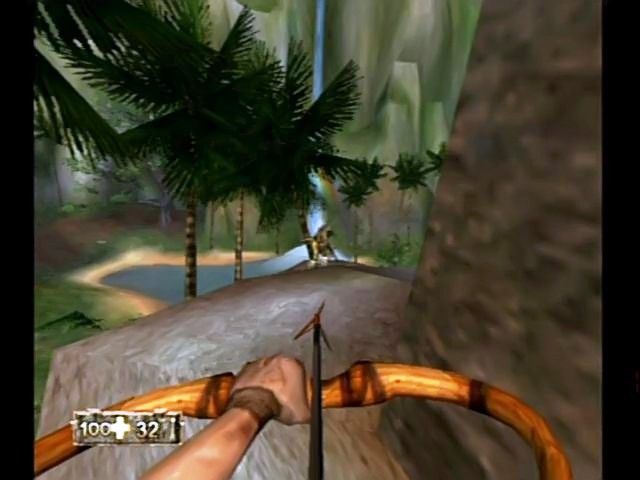
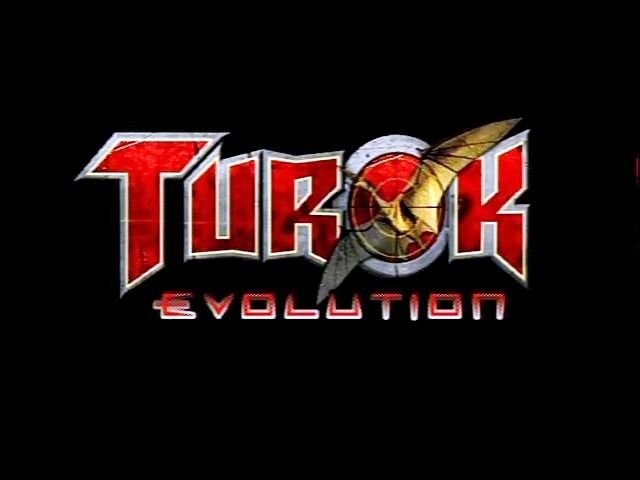
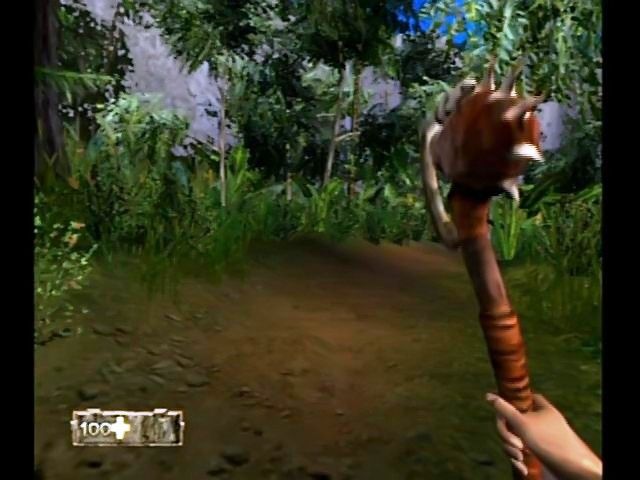
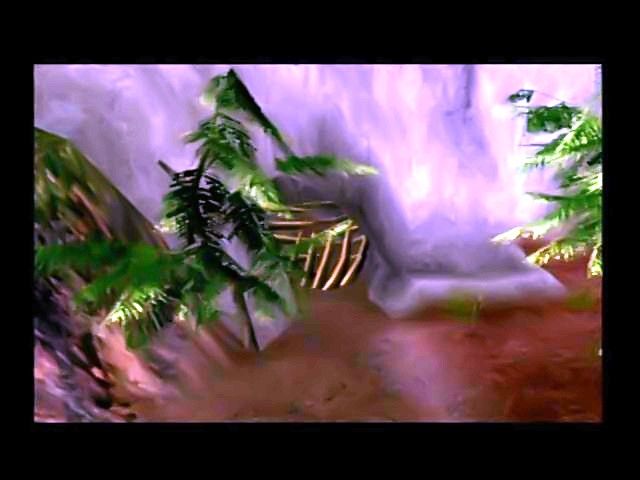



Reviews
There are no reviews yet.